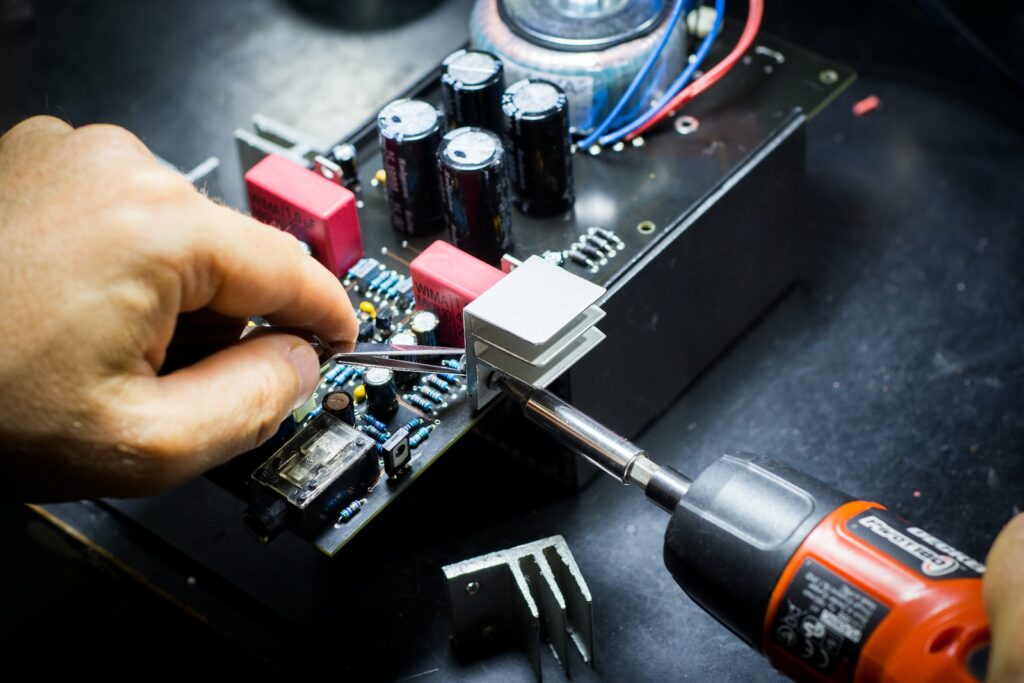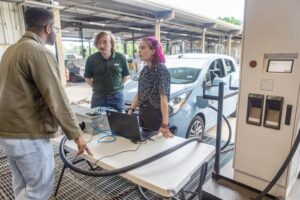Sustainability report outlines greener practices for electronics industry
A major new report, Sustainable Electronics Manufacturing 2023-2033, has outlined changes the sector needs to make in a bid to bring emissions down.
At the time of writing, around 4% of global greenhouse gases can be traced back the electronics industry. Significant investment is going into research towards ideas, processes and policies to mitigate this, but far more work is needed to ensure the sector can thrive while falling in line with increasingly tight regulations.
Key opportunities can be found in what has been dubbed ‘sustainable innovation’, and many of these are explored in IDTechEx’s new report, ‘Sustainable Electronics Manufacturing 2022-2033‘, which showcases some of the most promising and environmentally beneficial manufacturing techniques currently available, and emphasises why shifting to greener practices is about more than the planet alone.

When it comes to ‘cleaning up’, financial incentives now stare businesses in the face. Energy costs, waste treatment, and unnecessary stages in building, making and delivering are just some examples of efficiency savings that help the world and balance sheets. This is before we come to positive PR, which can mend, cement, or embolden reputations. Meanwhile, avoiding fines and costs associated with failing to meet legislative requirements is another important point.
‘Reshoring’ – bringing parts of the business or supply chain back to the home country, or at least the region – is also emphasised. Within electronics, Asia Pacific dominates production, and the report outlines how there is a need to re-balance and re-distribute manufacturing hubs to protect supply chains from the worst fallout of recent crises, including the pandemic and invasion of Ukraine. In doing so, transport costs, both in currency and emissions, will plummet, but the opportunity to go greener and cleaner doesn’t end there.
According to the report: ‘Hundreds of billions of dollars worth of funding [is] going into revitalising localised electronics manufacturing in the West, as outlined in both the US CHIPS & Science Act and the European Chips Act. Since ‘reshoring’ will require the construction of new manufacturing facilities, there’s a substantial opportunity to design and equip with sustainability in mind from the outset. In contrast, in existing production lines, much of the equipment is already depreciated, increasing the relative cost of new investments into more sustainable manufacturing.’
Electronics waste in the UK was highlighted recently in a report which found that the government had generated a record amount of ICT waste last year.
Photo by Blaz Erzetic

















Leave a Reply